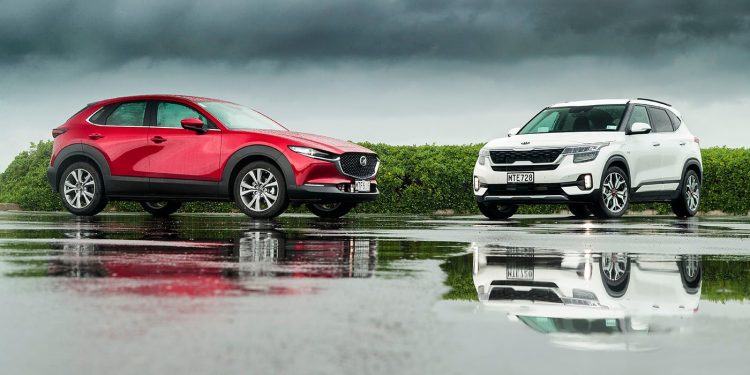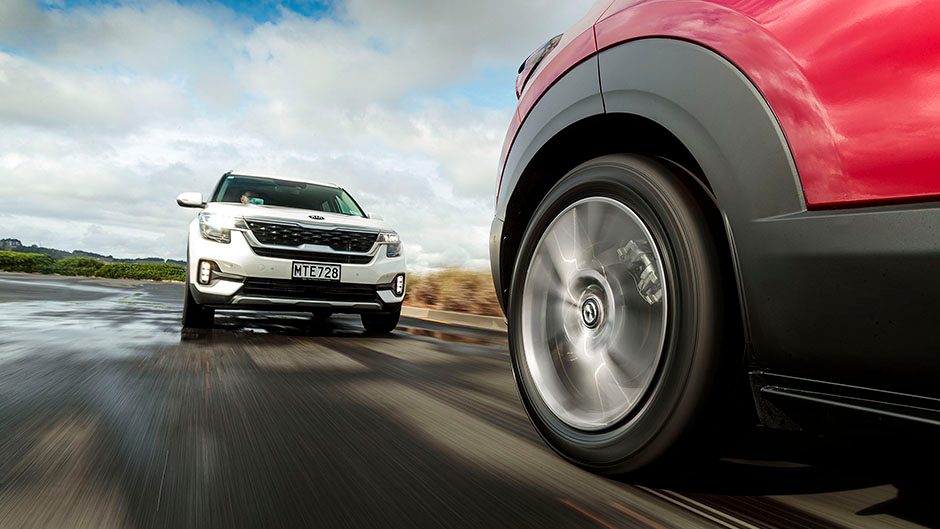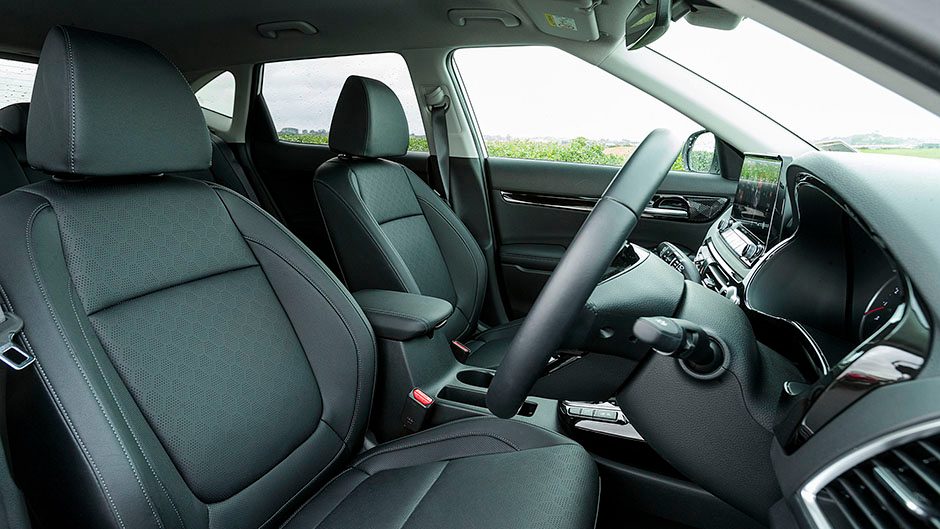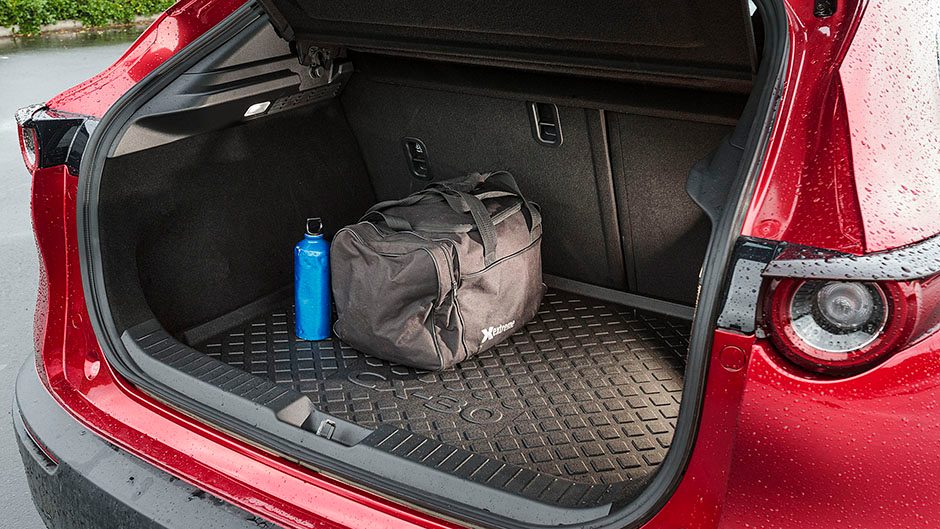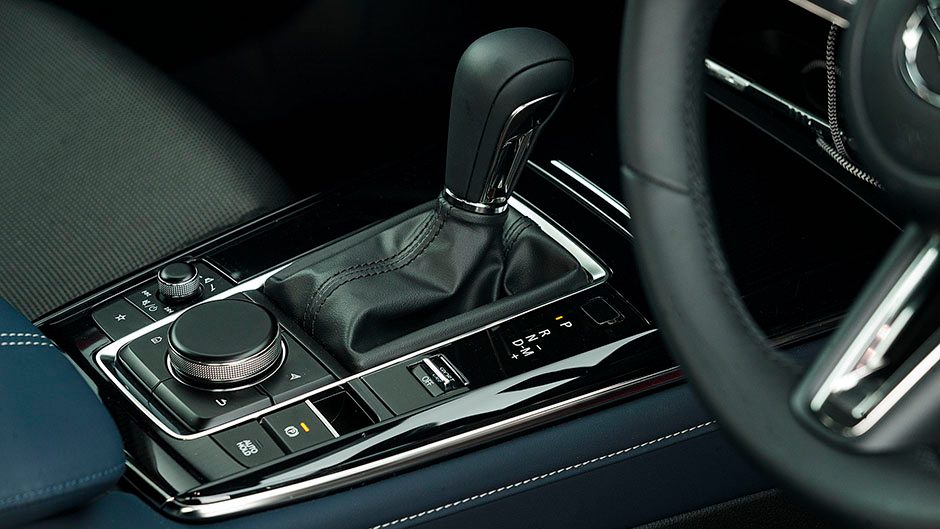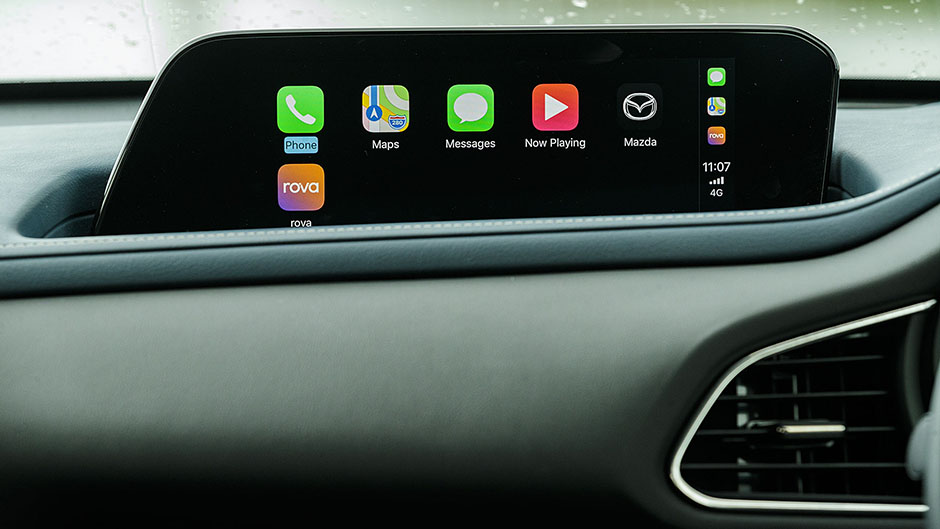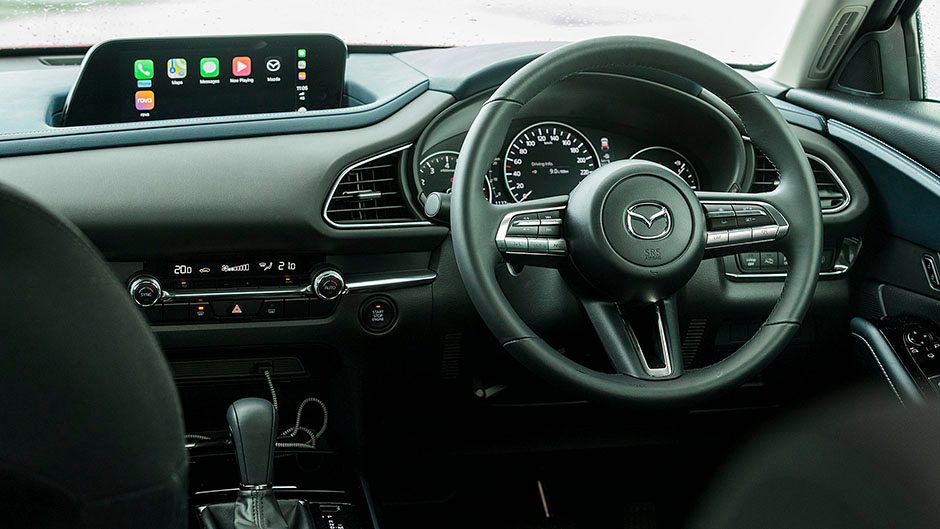2020 Mazda CX-30 vs Kia Seltos comparison
Words Kyle Cassidy | Photos Tom Gasnier
Seltos is a popular newcomer, and here we compare the range-topping version with Mazda’s CX-30. Both are about equal on size and cost so which is the one to have?
There’s an obsession to categorise vehicles by size, which is largely an industry thing, everything in its place to be marketed as such and added to the right spot on the spreadsheet. But with the proliferation of the SUV/crossover, category lines have become increasingly blurry; who knows what fits where? And what was once thought of as a mid-sized offering is not so any longer. We parked the Seltos alongside a 2004 Ford Escape, something we’d likely have called a medium SUV back then, and the new Seltos, supposedly a compact, looked bigger.
Then there’s the price, a chief factor in the buying decision. Price brackets were well defined, marketers weary of sales cannibalisation, but now it’s common for model lines to cross over. It’s about having something for everyone.
Take the Kia Seltos. It starts at $28k, and spans up to $47k, so it overlaps the Sportage and Niro ranges while snapping at the heels of the entry-level Sorento. And it’s a similar story with Mazda’s latest CX-30; you can spend $41k on a CX-3, which is the same price as an entry-level CX-5, while the new CX-30 ranges from $41,500 to $50,990. There’s a maze of models and specification levels that must prove difficult to comprehend for the buyer. That’s probably where cunning sales staff step in to lend a hand, so best be knowledgeable about what you really need before being talked into buying something you don’t.
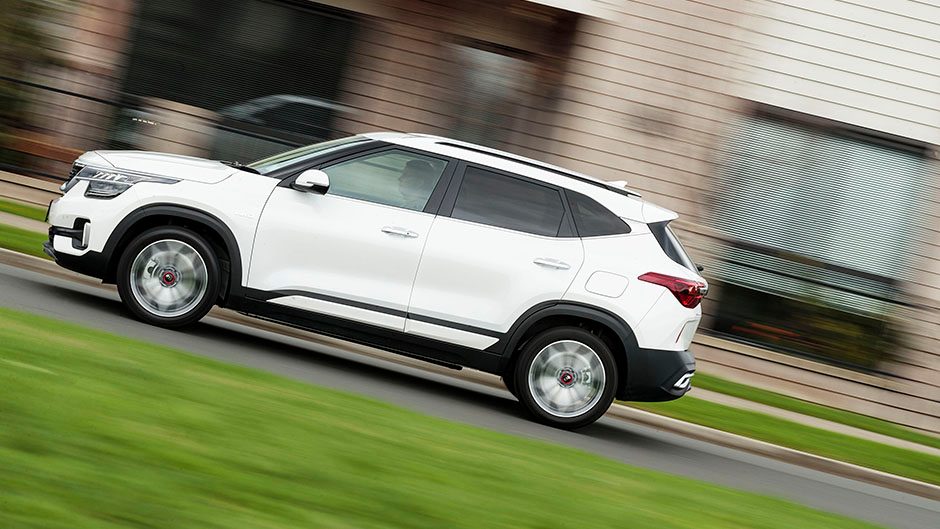
The contestants
Here we have Kia’s top Seltos, the Limited AWD which, at $46,990, is nigh on $20k more than the entry model. The latter makes up 40 per cent of the Seltos’ 1000 sales to date, while the Limited AWD accounts for just seven. It’s the lone Seltos with the 1.6 turbo AWD powertrain, while the loaded spec list mirrors that of the $42,990 Limited model which, like the rest of the range, uses the 2.0-litre, FWD powertrain. And at $36k and $38k, you have the LX plus and EX mid-spec models.
The CX-30 starts at $41,500 for the 2.0-litre FWD GSX, the 2.5 AWD GTX, that we have here, is $44,990 and the Limited is $50,990.
These two take up roughly the same space on your driveway, both being just shy of 4.4m long, and each sees you right with plenty of features. Chief among those is the full safety gamut with all the active helpers, each with a five-star crash rating. The Mazda includes more functions, such as proper speed sign recognition (it’s sat-nav based in the Kia, so often wrong), but the Kia has other features that justifies its premium. It has composite leather trim to Mazda’s cloth, and the front seats in the Seltos are powered as well as being heated and ventilated. There are more charge points in the Seltos, including a wireless pad, while each has a head-up display, in-built nav, smart key, LED lights and front and rear parking sensors.
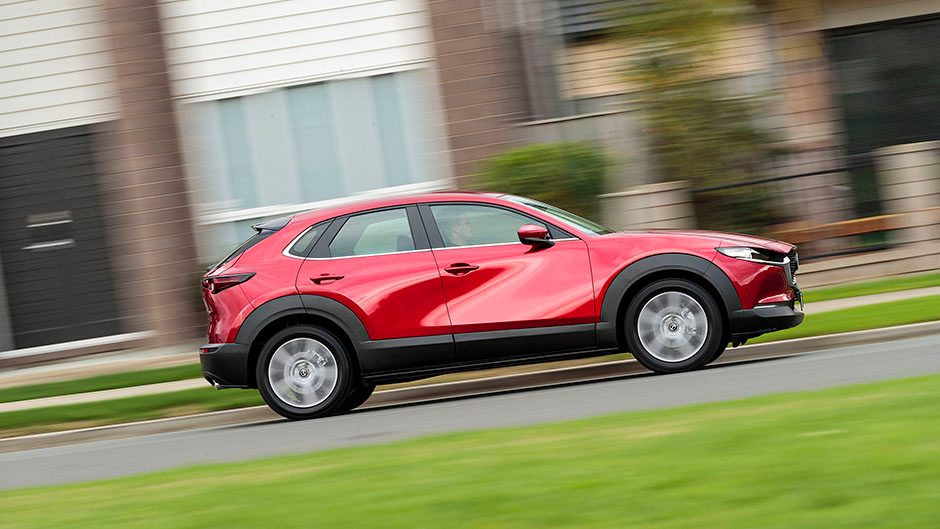
On the go
Rambling around the burbs, both have an obliging ride though the CX-30 blots the bumps more effectively; it’s generally more refined on the move. The Seltos tends to thump over the bigger bumps, particularly at the rear where we would have thought its multilink suspension design would be better at sorting those compared with the torsion beam in the CX-30. But then Mazda’s engineers are a clever bunch. Take the operation of the idle-stop system. It stops the engine so the piston is at the top of its compression stroke where it can be refired by the spark which is quicker than cranking the starter. Pity the new cylinder deactivation feature of the 2.5 isn’t so smooth in operation.
There’s more fire in the belly of the 1.6 turbo, with the torque streaming earlier. Mazda’s naturally aspirated 2.5 doesn’t feel wanting however, with enough pull in the normal everyday driving zone, going well from 2000rpm. The Mazda’s auto is a smoother operator than the twin-clutch in the Seltos, the shifting protocols well sorted. While the Kia’s 1.6 turbo is into its stride quickly, the transmission can dither at intersections. Come to an almost halt, but then accelerate again, and the twin-clutch can be caught in second gear, there’s no boost on board to pull the ratio, and you’re going nowhere.
There’s more data at your fingertips in the Kia, the trip computer easier to fathom in the Seltos, which was averaging 8.4L/100km over 1275km, though mid-sevens can be achievable around town, we found. The Mazda’s dial seemed stuck on an average of 9.0L/100km, though it can get by on 91 octane whereas the turbo needs 95. And the Kia’s service intervals are much shorter at 7500km/6months to the Mazda’s 15,000/12months. Both are covered by a service plan, Mazda’s extending for 5yrs/100,000km, Kia’s for 4yrs/40,000km.
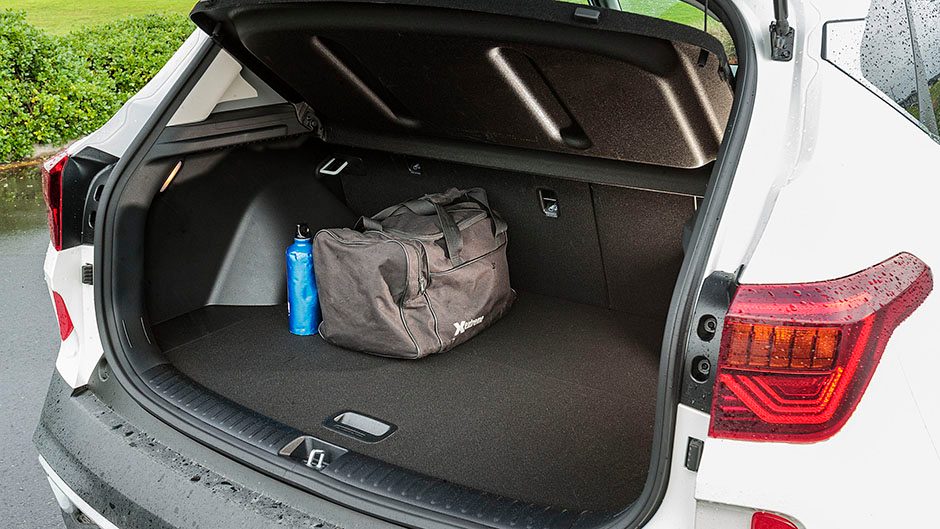
Powering on
Against the clock they are remarkably even, as their power-to-weight ratios suggest. With on-demand type AWD systems, they ground what they have efficiently, which is handy in winter. The Seltos has a good handle on wayward body movements, holds on well in the bends but feels a few more of the bumps. The Mazda is more refined on the move, easing over the lumps while it steers better, the wheel with a more connected feel, the assistance just right. The Kia’s wheel has a sense of artificial centring but it points accurately enough. The twin-clutch isn’t the slickest you’ll ever encounter, the changes are a tad laboured, even in Sport mode, especially on kickdown. The Mazda’s auto is up to task, and even more so with the Sport mode enacted. CX-30 is better balanced, and is easier to drive smoothly with a bit of pace on, transitioning through the bends with a likeable flow to the progress.
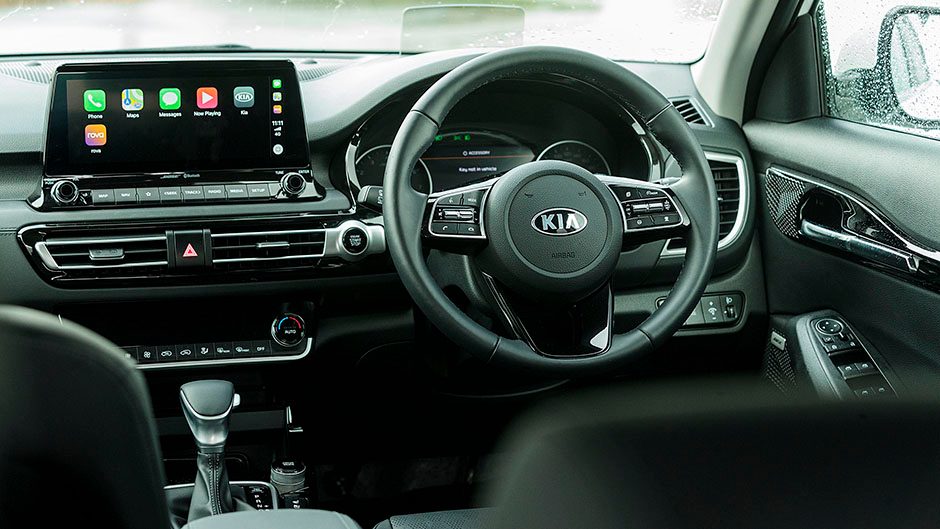
Practical then?
The styling approaches are quite different, Kia heaping on the design elements to what is otherwise a traditional, boxy SUV silhouette, whereas the CX-30 is curvier, and lower overall making it look smaller, though it’s actually 15mm longer.
Inside, the Seltos has more hard plastic about, quite a bit of it really but it’s well made. The seats aren’t bad, though aren’t as shapely and supple as those in the Mazda. Despite the manual adjustment, you’ll find a just-right posi in the CX-30, and it can be set lower, almost car-like, yet it can also be pumped up to a more elevated perch if you prefer. While there are enough soft touch points in the Seltos, they are everywhere in the CX-30, and the armrests are right cushy. There’s a finer attention to the details, finishing and design in the Mazda. But there’s more storage in the Seltos, and it’s larger screen displays the info better. Both infotainment systems support smartphone hook up, while we found the unit in the Seltos, controlled by touch, easier to navigate through.
There’s more rear seat space in Seltos, more room for big hairdos and longer legs. They’ve hollowed out the backs of the front seats to lend a few vital mm of extra knee room in the CX-30, which has a smaller door opening too. You might squeeze three in the back of the Kia, where it would be a genuine squash in the Mazda.
Each has a boot with enough capacity for the class, though there’s more usable space in the Seltos thanks to its less rakish tailgate design. It’s also marginally wider and longer though with it’s full size spare, the boot floor is set a little higher.
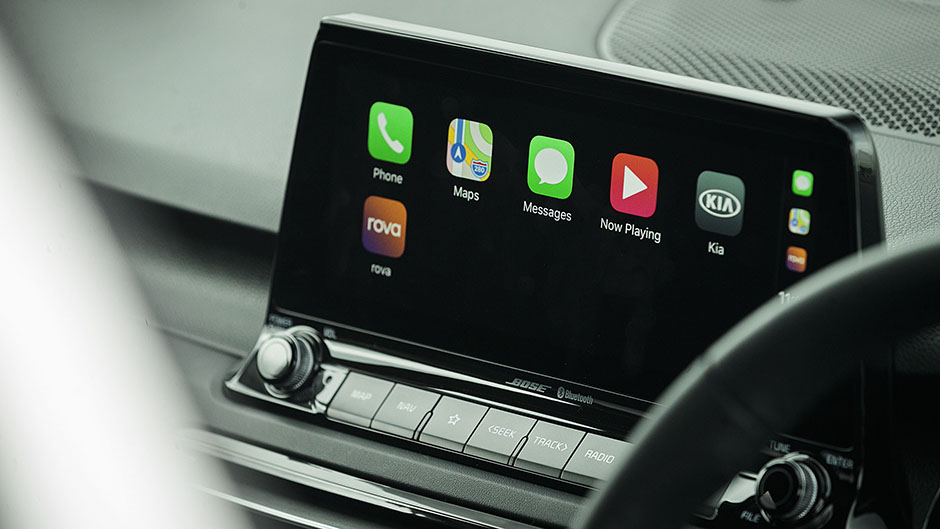
So what to choose?
If you want the space we’d go for the Seltos; it’s roomier and this drives well too, though we suggest trying the 2.0-litre variant first. You might find it’ll do the job and save you thousands, and would be the better value buy here. The Mazda is the better car from the driver’s seat, more refined yet still engaging, while the cabin outfitting is superb. If you’re only going to use the rear doors occasionally, consider paying the extra.
| Model | Kia Seltos Limited AWD | Price | $46,990 |
| Engine | 1591cc, IL4, T/DI, 130kW/265Nm | Drivetrain | 7-speed twin-clutch, on-demand AWD |
| Fuel Use | 7.6L/100km | C02 Output | 175g/km |
| 0-100km/h | 8.40sec | Weight | 1477kg |
| Model | Mazda CX-30 GTX | Price | $44,990 |
| Engine | 2488cc, IL4, DI, 139kW/253Nm | Drivetrain | 6-speed auto, on-demand AWD |
| Fuel Use | 6.8L/100km | C02 Output | 156g/km |
| 0-100km/h | 8.70sec | Weight | 1535kg |


